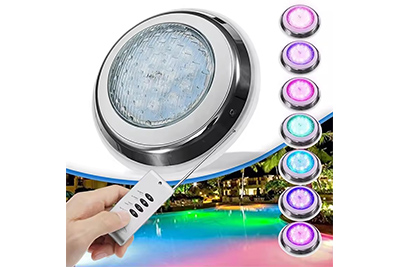à propos du fenlin
Guangzhou Fenlin Swimming Pool & Sauna Equipment Co., Ltd, créée en 2004, professionnelle dans la production et la vente d'équipements de sauna, d'équipements de piscine, d'équipements SPA et d'équipements de fontaine.etc. notre propre marque, dans l'intervalle, a développé notre marché étranger d'une centaine de pays et développé un réseau de vente couvrant la plupart des grandes villes de l'est chez nous. Marchandises : Nous fabriquons des équipements et des accessoires de nos marques. Nous avons également l'autorisation représentative d'une marque célèbre dans ces régions. Les produits peuvent être divisés en séries de sauna, séries de vapeur, séries de piscine et séries de fontaines extérieures. Nos marques: FANLAN : enregistré le 21 décembre 2005 FANLAN : enregistré le 28 novembre 2005 SAWO : enregistré le 21 juin 2006FINNFORST : enregistré le 14 avril 2007 Usine: L'usine est située dans le district de Baiyun à Guangzhou, créée en 2004 et occupant maintenant une superficie d'environ 10 000 mètres carrés, plus de 50 travailleurs et trois lignes de production. Dans le cadre d'une gestion systématique et d'un contrôle qualité strict, nous avons acquis une bonne réputation dans l'industrie. Nos avantages Histoire de la marque Avantage de la marque Valeur de la marque Qualification de la marque Fondée en 2004, Fenlin a 19 ans d'expérience dans la fabrication d'équipements de piscine et de sauna. Notre usine est située dans la ville de Jianggao, district de Baiyun, GZ, Chine. Il couvre une superficie de 10 000 mètres carrés et dispose de 3 usines professionnelles. Fenlin se concentre sur la fabrication d'équipements de sauna et d'équipements de piscine. Fenlin introduit des machines de pointe étrangères. Nos produits sont exportés vers de nombreux pays. Fenlin a été annoncé sur de nombreux médias sociaux grand public dans des pays étrangers, en espérant que ses équipements de piscine et équipements de sauna puissent devenir mondiaux ! Et il espère devenir une excellente marque de nos produits. Fenlin offre la meilleure qualité et le meilleur service à chaque client. Top 10 des marques d'équipements de piscine en Chine ; Top 10 des marques d'équipements de sauna en Chine ; Top 10 des marques d'équipements de spa en Chine ; Nos certificats Notre équipe














.jpg)

.jpg)






































